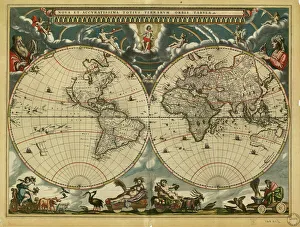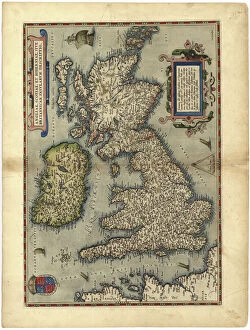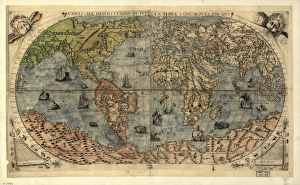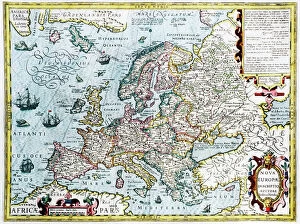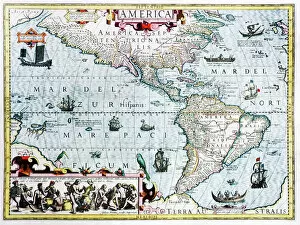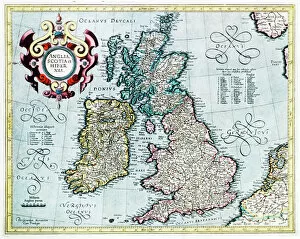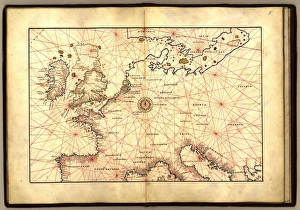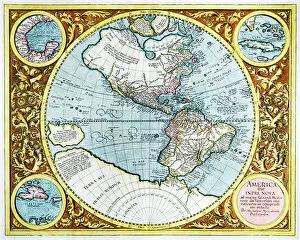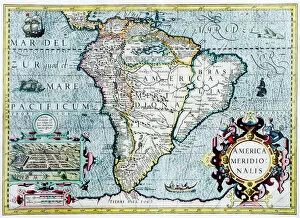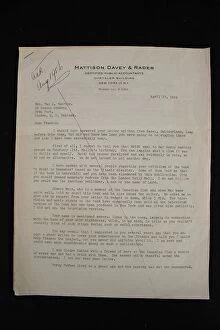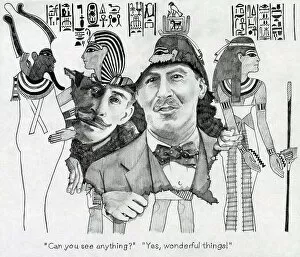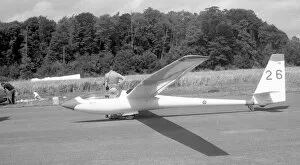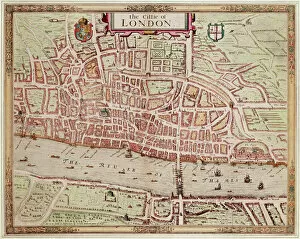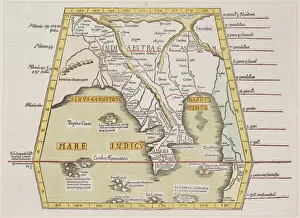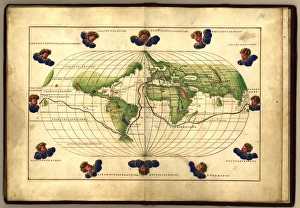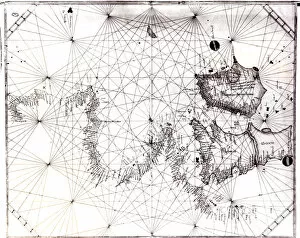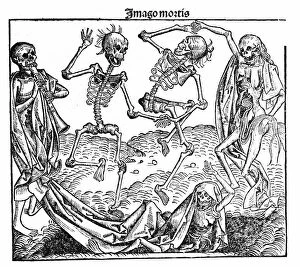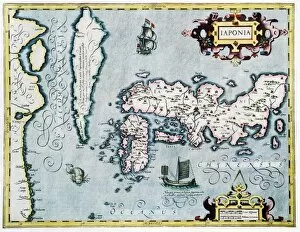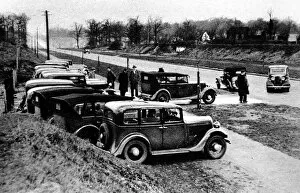Inaccurate Collection
"Inaccurate: Unveiling the Historical Missteps in Maps and Artifacts" Albrecht Durer's Rhinoceros
All Professionally Made to Order for Quick Shipping
"Inaccurate: Unveiling the Historical Missteps in Maps and Artifacts" Albrecht Durer's Rhinoceros: A stunning artwork from the 16th century that beautifully captures the imagination, but unfortunately depicts a rhino with some inaccuracies. Navigating Through Time: Exploring the intricacies of 17th-century world maps, where cartographers struggled to accurately represent distant lands due to limited knowledge and technology. Mysterious British Isles: Delving into a captivating 16th-century map of the British Isles, revealing how early cartographers grappled with incomplete information resulting in misleading representations. Europe's Shifting Borders: Examining a fascinating 17th-century map of Europe that showcases territorial claims and political divisions, yet fails to capture evolving boundaries accurately. The New World's Elusive Geography: Unraveling the complexities of a 17th-century map depicting uncharted territories in America, highlighting explorers' struggles to navigate unknown lands precisely. Sailing through Uncertainty: Analyzing an intriguing nautical map from 16th-century Europe, which showcases maritime routes but also reveals navigational challenges faced by sailors at sea. Challenging Cartographic Conundrums: Rediscovering another flawed representation of the British Isles on a centuries-old map, shedding light on historical mapping errors that puzzled scholars for years. South America's Enigmatic Landscape: Decoding a mesmerizing 17th-century map showcasing South America's diverse geography while acknowledging its inaccuracies caused by limited exploration data available at that time. Halley's Comet Spectacle (1910): Reflecting on an astronomical event witnessed worldwide in May 1910 when Halley's Comet returned after centuries; however, scientific predictions fell short due to inaccurate calculations causing disappointment among stargazers. Titanic Tales Unearthed.


